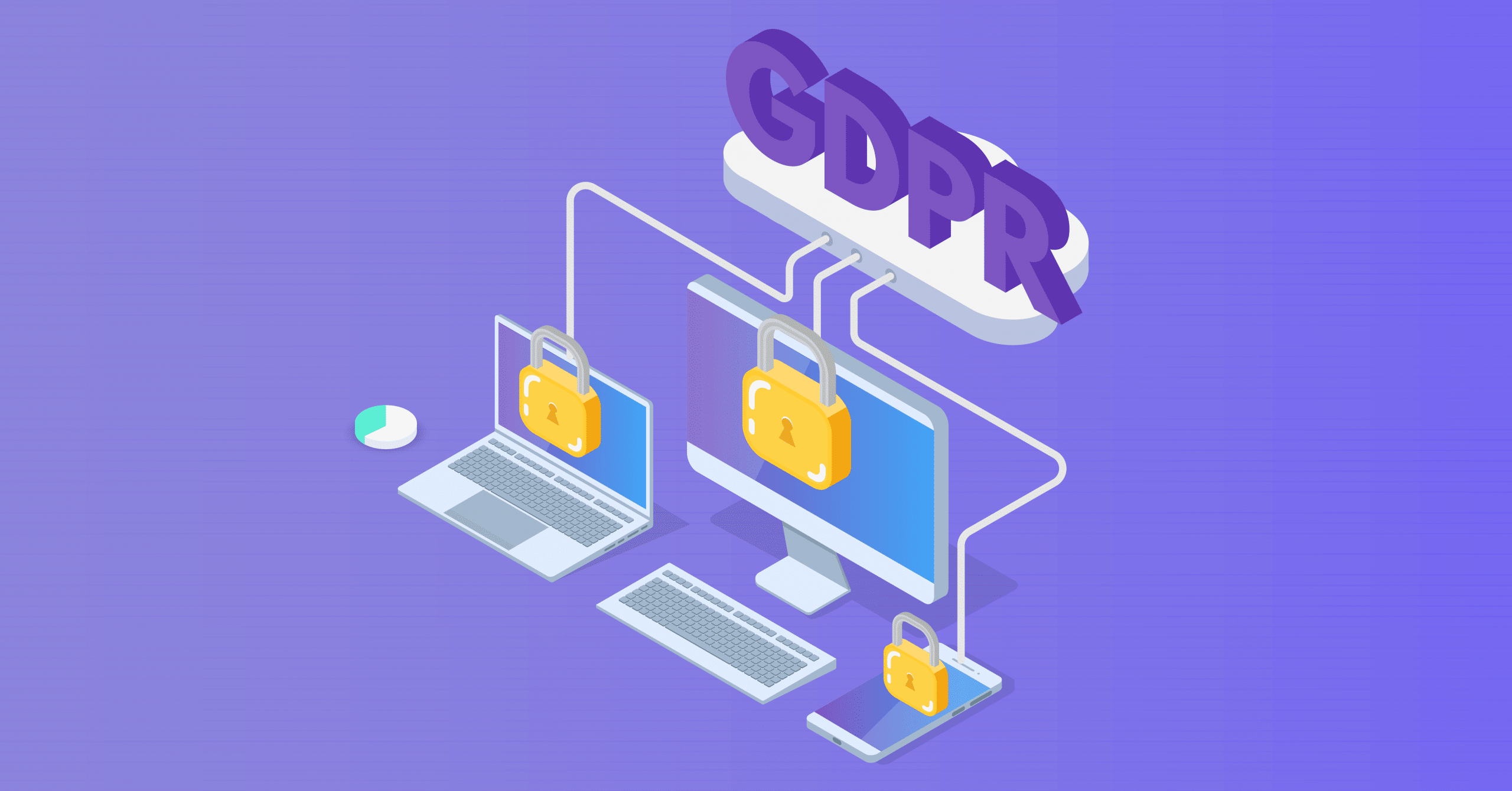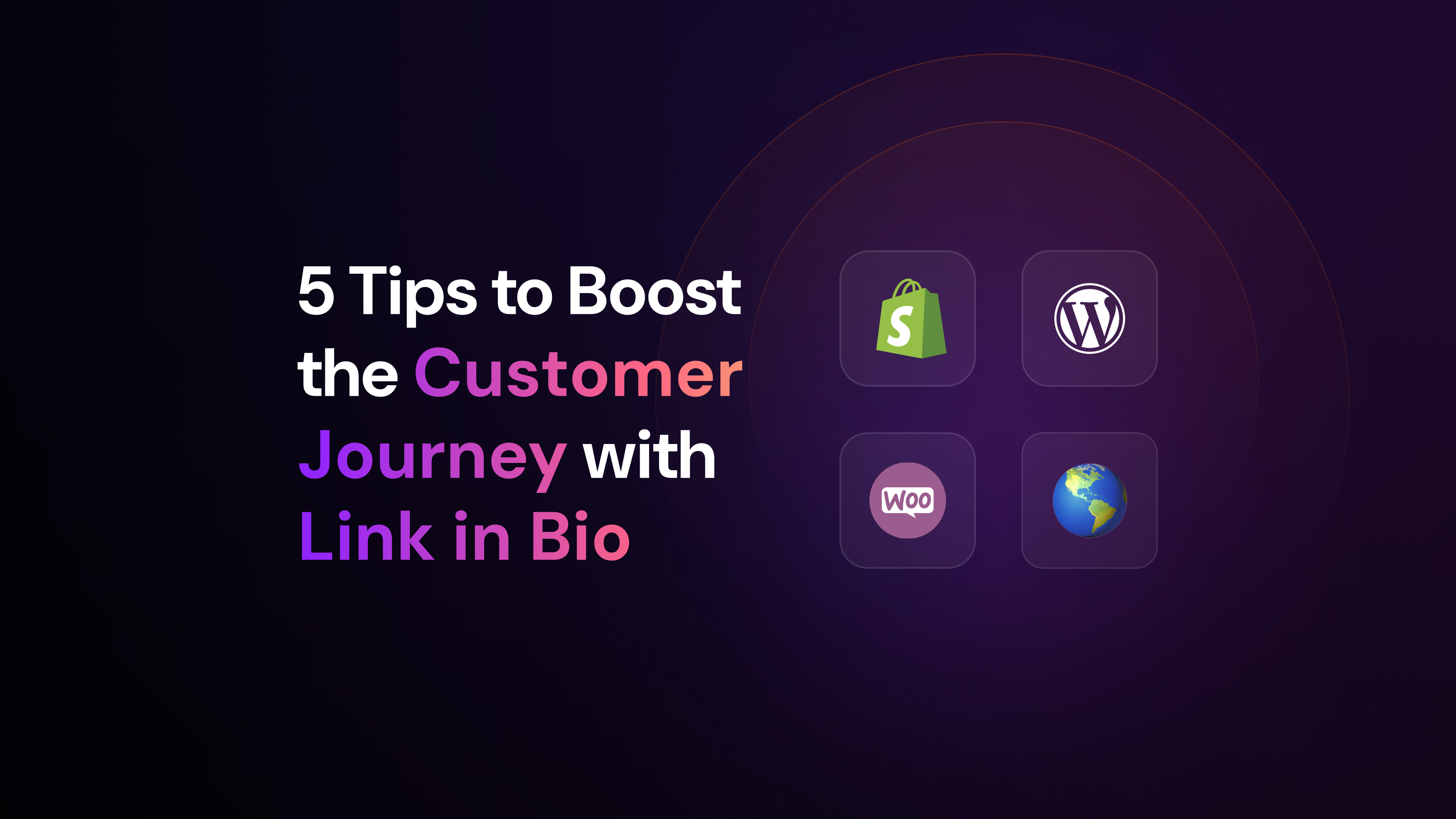The General Data Protection Regulation (GDPR) was created to give internet users more control over their personal information. Is your company working according to the law?
While you’re probably aware of the existence of this regulation, you may still not know all you need to about it. For example, did you know this law has existed since 1995? Yeah, and only in 2012 has it started being reviewed.
That happened because of the huge amount of data being generated nowadays. As a matter of fact, the foresight for the year 2020 was that 35 trillion gigabytes were going to be created. It makes sense that a project for data protection would start.
Approved in 2016, the GDPR is a project made in the European Union. However, it affects each and every country that has a connection with EU countries. That means anyone who buys or sells products or services with a country that is a part of the region needs to follow the data protection rules.
In order to make that job easier, many brands are appealing to the Customer Data Platform. This is a solution that works with Customer Data without breaking the law. To thoroughly understand how the CDP can help here, how the GDPR works, and more, keep reading this post.
#Subscribe and stay on top of the news on our blog
What is the GDPR?
With the growth of data usage came the need for some kind of regulation for brands to use information without becoming invasive to users online. Because of that, GDPR came into force.
As you can probably imagine, the main reason behind it is to protect the user and their privacy. Mainly because, with the amount of technologies nowadays, it’s so easy to gather data and use them to personalize ads and content.
However, that only works if the user allows you to do it. If you send personalized offers for someone who has never even been to your website, it will feel like a privacy invasion.
With GDPR, the user or client has a guarantee of control over data collected. This means that the company needs to ask for permission to gather and store information about them. But, even more than that, the brand needs to make clear what kind of information is being collected, what it will be used for, how long it will be kept in storage, and who it will be shared with.
What about customers’ rights? To sum up what GDPR says about the subject, the client must have:
- access to collected data
- control to correct wrong data
- possibility of data exclusion
- access to review and deny automated processes using their data
- visibility of data transfer to thirds
It does sound like a lot to keep track of, but it comes with a bigger reward: a trustful relationship between brand and customer.
What does that mean? Instead of looking like a privacy-invasor brand, it only communicated with the client according to what they alone decided to share with the company. Therefore, building their success through a highly tailored and excellent customer experience.
How do GDPR and CDP work together?
In order for the company to work according to GDPR rules, it needs strict control over the data they collect. They need to know where the data came from, where it is stored, how it is being used, who it is being shared with, and so on. Every single detail needs to be known.
So, this is where CDP comes into the picture:
The Customer Data Platform, CDP, is a system that does this thorough job with customer data. It collects, processes, and stores data that is relevant, useful, and clean.
Overall, the CDP is built to provide the company flexibility. In other words, even though it’s mainly used for marketing purposes, it can allow other software to have access to its information.
Thus, the Customer Data platform does exactly what companies need, now that GDPR is out there. Since they need to know everything about the data, CDP is there for it.
What are some specific requirements of GDPR that the CDP is helping brands with? Here’s a few of them:
- identify where data comes from
- connect with other data sources
- gather all customer data into a singular profile
- correct data
- document customer authorizations
- manage and store data usage
- privacy by design
Moreover, the Customer Data Platform is pivotal for first-party data collection. Something essential seeing that third-party data is becoming less popular by the day — which happens due to the lack of reliability in this type of information, that also breaks (most of the time) GDPR laws of data protection.
The use of first-party data is the goal from now on. With this, you can ask for permission of the user in the direct relationship of the brand website visitor.
In short, to work according to GDPR, companies have the option of not collecting data (kind of unfeasible in this day and age), collect less data than they used to, or use systems that work through those rules, like the CDP.
#Subscribe and stay on top of the news on our blog
What is there to know about the CDP?
As previously mentioned, the Customer Data Platform is the best alternative for brands that want to work with Customer Data while sticking to the GDPR.
It is a system developed to assist marketing teams, but it has grown into much more than that. That is, helping several sectors inside a company, like sales, customer support, and customer attendance.
For that reason, it has also become an essential tool to stand out from the competition while offering the best customer experience.
Through clear and reliable data collection, processing, and storage, a brand can custom content, offers, and ads according to both individual profiles and segmentation groups. Which, by the way, the CDP itself creates.
Additionally, all types of data are read by the software. Though it collects and gives preference for first-party data, it can also work with second and third-party data. What it does is select and separate what data is actually valuable for the company, putting it in storage, and what’s not.
Here’s a detail to remember: it does this selection considering the regulation (GDPR).
Is there anything else you need to know about the CDP?
Of course there is. The CDP is a huge program that does a lot more than help you with GDPR. Inside its system, there is a client history. Thus, more than an individual profile per customer, it’s also possible to understand how each of them behave online — what kind of purchase they make, which products they’re interested in, etc.
What we really want to say here is that the Customer Data Platform meets your GDPR needs. Plus, it keeps you worry-free in relation to unreliable or illegal data usage.
So, even though we still would have a lot more to talk about with the CDP, let’s just highlight this: with this software, you only use information to personalize content provided by the client, him or herself!
And what does that lead to? A double benefit for the company: improve CX and brand credibility.
How to get a CDP?
You probably have no more questions left regarding the need of a CDP for accomplishing GDPR regulation. But you might still be wondering how to acquire a CDP solution.
The first step is simple: do your research.
Once you know what is in the market, you can easily pick a platform that will meet all your needs.
You don’t need much more than that. Once you acquire the CDP, set it up and start using it. Simple as that!
Here at Arena, our platform is a guaranteed solution for working with Customer Data. With over a thousand clients, we know how to deliver what you’re looking for. Besides, we also have some other solutions to make your customer experience strategy go up the charts such as Live Chat, Live Blog, and Content Wall.
Now, back to our main topic, let’s see what’s next:
What are the CDP benefits for data usage in the GDPR era?
Along with some benefits already mentioned, like the complete work with Customer Data, there are other advantages that make the CDP complete software that any company should get.
For example, the possibility of all company employees to have access to the data — with due permission. Whether it’s a sales rep, customer support, or product developers.
Especially in the Customer-centric period we’re currently in, allowing every sector to have access to this customer data just makes the job easier and the strategy maintained with efficiency.
Now, there are three other reasons to have a CDP that are directly related to the GDPR project:
Low cost
In spite of not being the cheapest data control tool in the market, it does stand out as the most complete and provides the best price-performance ratio. One of the reasons that makes this possible is that the platform is already built and programmed without the need of an IT support team.
That is to say, you simply acquire the Customer Data Platform, make some basic configurations, and start benefiting from it. No need to hire a platform support team or anything like that.
Another thing: this tool is faster than others that work with data, such as the CRM. In addition, your goals will be reached easier and, likewise, faster with it.
Individual and unified profile
What happened before CDP came to the market was data duplication.
Let’s explain this better:
A system like CRM, for example, doesn’t have the capability of recognizing different actions made by the same client. So, if someone interacts with the brand through the website and then by email, the software thinks it’s two different people.
With the CDP, that problem doesn’t exist. It is built to identify and unify these actions into a singular customer profile. Thus, avoiding data duplication.
No matter how many interactions or where they take place, the platform will be able to understand it is the same person and gather the information in the same place.
Easy external access
Okay, so, we’re talking about how CDP is superior to other data collection systems. This doesn’t mean you need to get this platform and get rid of everything you currently use. Not at all.
The Customer Data Platform has the ability to connect with other systems, so you can take advantage of all the data you already have by connecting your platforms and centralizing all data into one place.
Even more, if there is incorrect, duplicated, or data going against GDPR, the CDP can correct and/or delete this information.
This way, before you waste your current database, make sure if it’s worth it or not to practice this integration between platforms.
Moreover, other software that is not directly related to data collection could perform better with the help of a CDP database. Don’t hold back doing your research.
So far, you’ve learned some of the main tasks of a Customer Data Platform, but there is still a lot more to know about it. How about reading our ebook on the subject? The download is free and the knowledge is uncanny!



